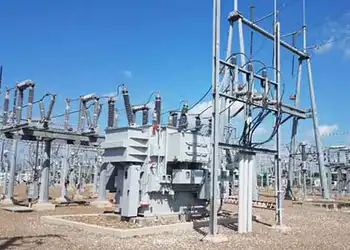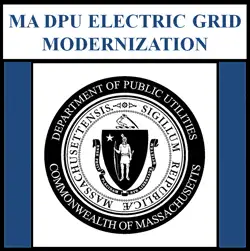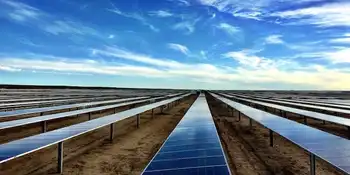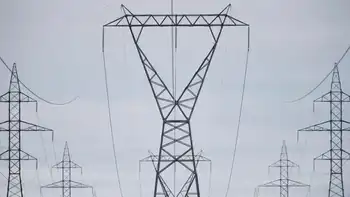Russian nuclear plant blast kills one, injures 2
ST. PETERSBURG, RUSSIA - An explosion in a smelter on the site of a Russian nuclear power plant killed one worker and injured two others but the state nuclear agency Rosenergoatom said today that radiation levels were normal.
The blast occurred at the Leningrad nuclear power plant in the closed nuclear town of Sosnovy Bor recently, outside the northern city of St. Petersburg and about 600 kilometres northwest of Moscow.
Rosenergoatom said the smelter was located in the grounds of the plant's second unit, and plant spokesman Sergei Averyanov said it was about one kilometre from the reactor. The plant has four units in all.
Oleg Bodrov, a physicist who heads the Green World ecological group in Sosnovy Bor, said that the reactor was only some 700 metres from the smelter, which also lies some 50 metres from a liquid radioactive waste pond.
Three people were injured in the blast, the company said, and one later died. The Emergency Situations Ministry said that two of the injured had burns over 90 per cent of their bodies.
"There were no violations of safety levels and operating conditions of the energy units of the Leningrad nuclear plant," Rosenergoatom said in a statement.
The second unit had been shut down for planned capital repairs in July, it said.
A spokesman at the Leningrad nuclear plant, Sergei Averyanov, said the blast had caused molten metal to burst out of a smelter used by a private company called Ekomet-S, which is reprocessing scrap metal on the site of the nuclear plant. Usually the company reprocesses scrap with low levels of radioactivity, but the metal was clear of radiation, Averyanov said.
He blamed the blast on violations of technical and production rules.
Bodrov said that Ekomet-S had begun operating two years ago and was itself in violation of the law since it had undergone no state environmental impact assessment. At about the same time as it was founded, the only environmental monitoring laboratory in the town of 65,000 was shut down for lack of funding, he said.
"There is no independent environmental monitoring in the nuclear city of Sosnovy Bor," Bodrov said.
He said this was the second accident to occur at Ekomet-S, which he alleged was built by a company headed by a local member of Russia's upper house of parliament. The first occurred in summer 2003, injuring some workers.
"Usually the workers are given money to stay quiet," Bodrov said.
In March 1992, an accident at the Sosnovy Bor plant caused radioactive gases and iodine to be leaked into the air, according to the Nuclear Age Peace Foundation.
One of the reactors at the 30-year-old plant is of the same type as the one at the Chernobyl nuclear power plant that exploded in Soviet Ukraine in 1986 in the world's worst nuclear accident.
The station is the main supplier of electricity to St. Petersburg, and there are plans to transport some of its power to Finland.
In addition to the nuclear plant, Sosnovy Bor is home to a regional radioactive waste reservoir, and an experimental laboratory and training centre for nuclear submarines.
Related News

New EPA power plant rules will put carbon capture to the test
WASHINGTON - New public and private funding and expected strong federal power plant emissions reduction standards have accelerated electricity sector investments in carbon capture, utilization and storage,’ or CCUS, projects but some worry it is good money thrown after bad.
CCUS separates carbon from a fossil fuel-burning power plant’s exhaust for geologic storage or use in industrial and other applications, according to the Department of Energy. Fossil fuel industry giants like Calpine and Chevron are looking to take advantage of new federal tax credits and grant funding for CCUS to manage potentially high costs in meeting power plant performance requirements, including…




